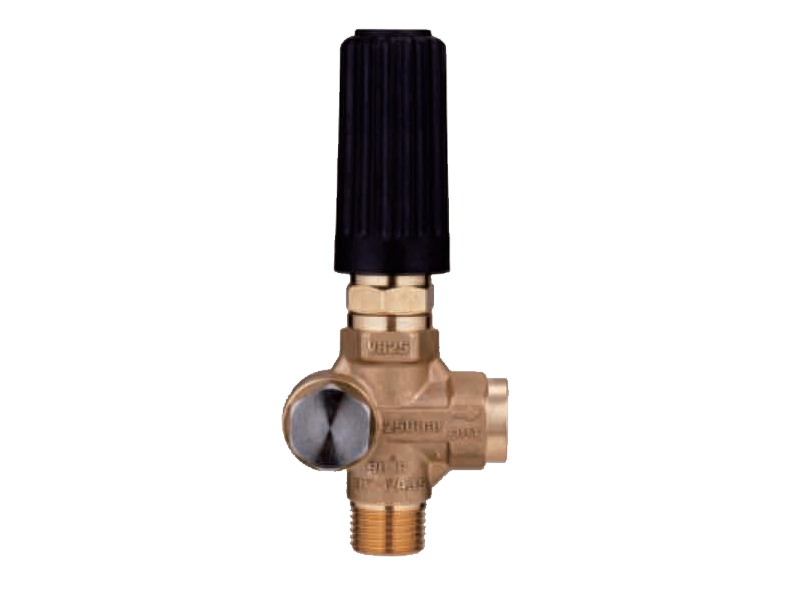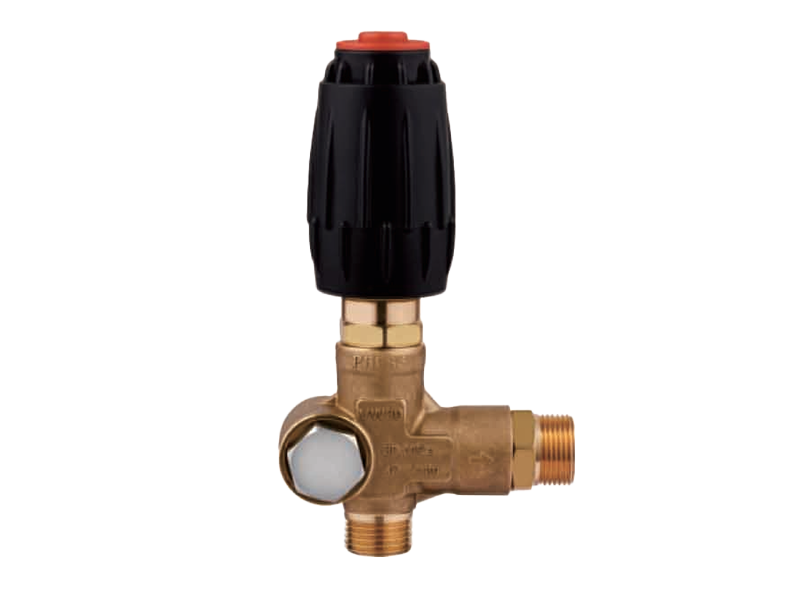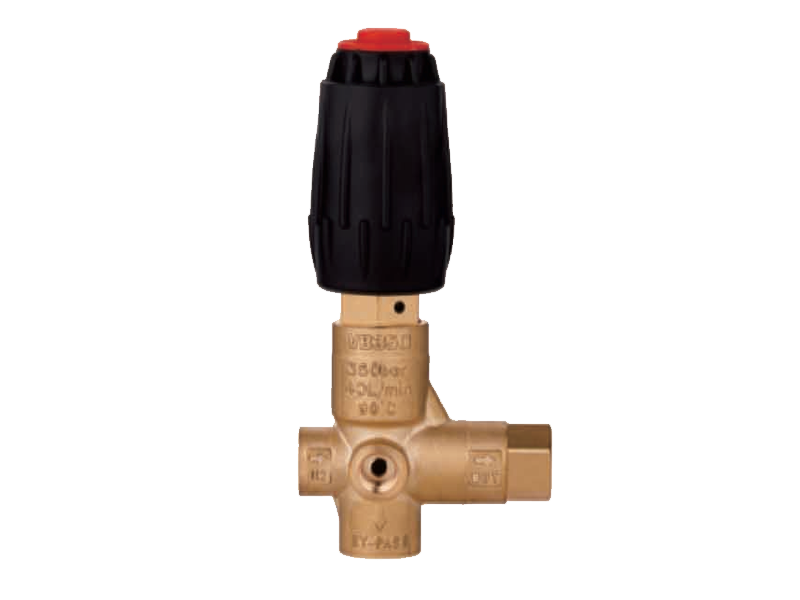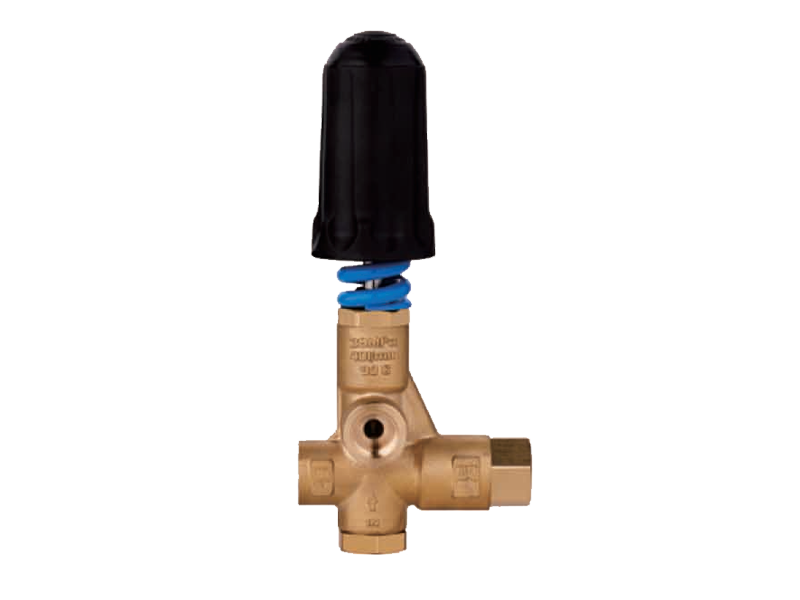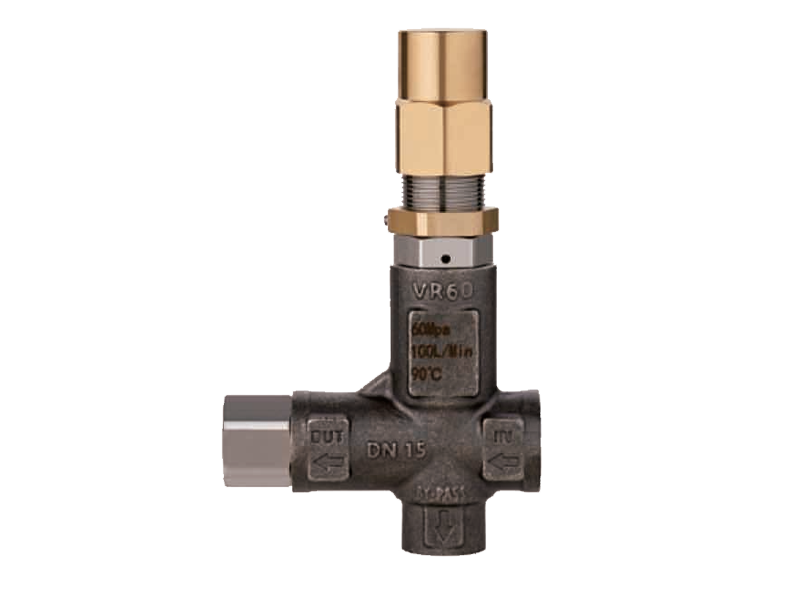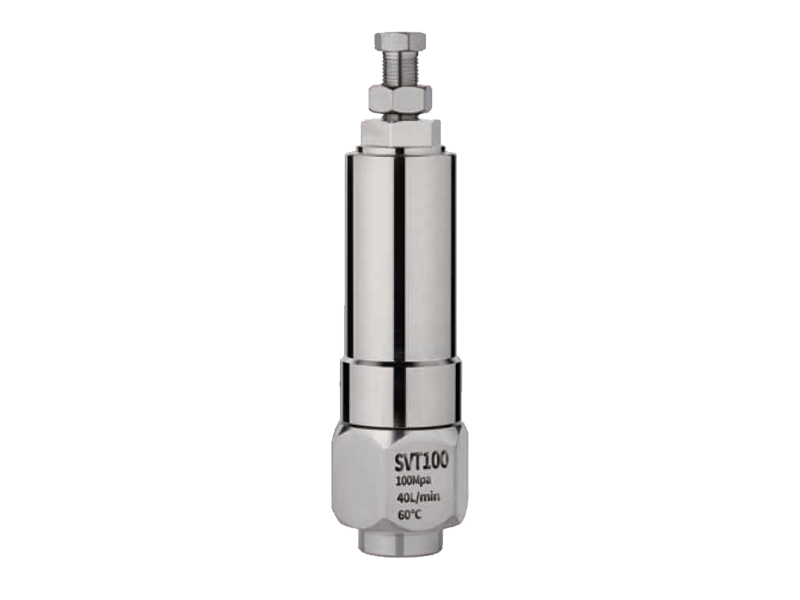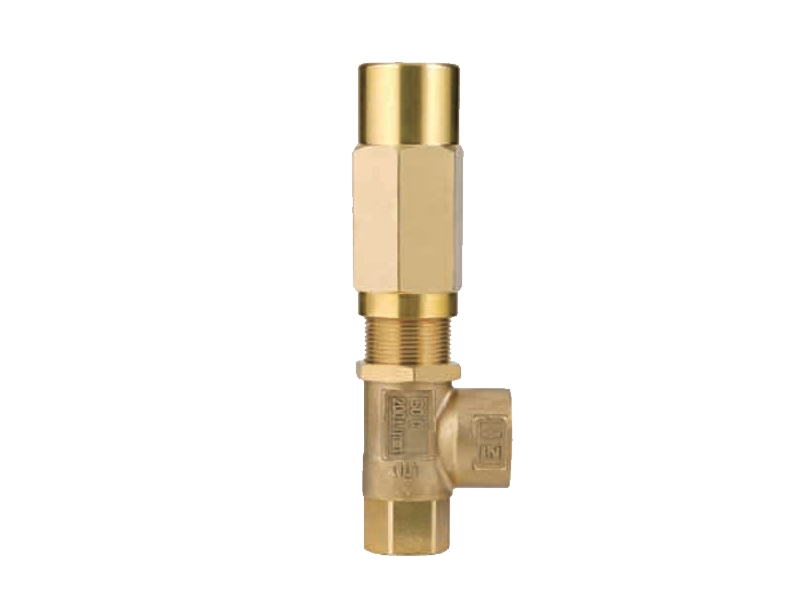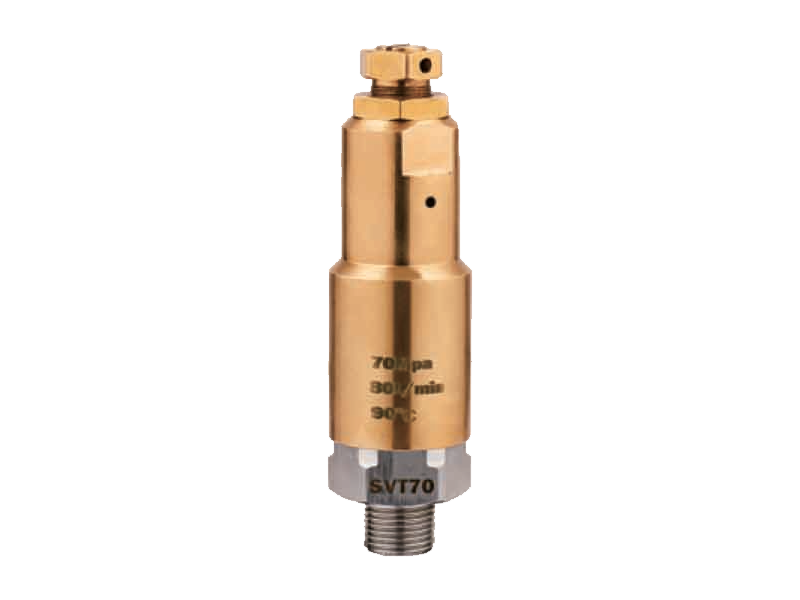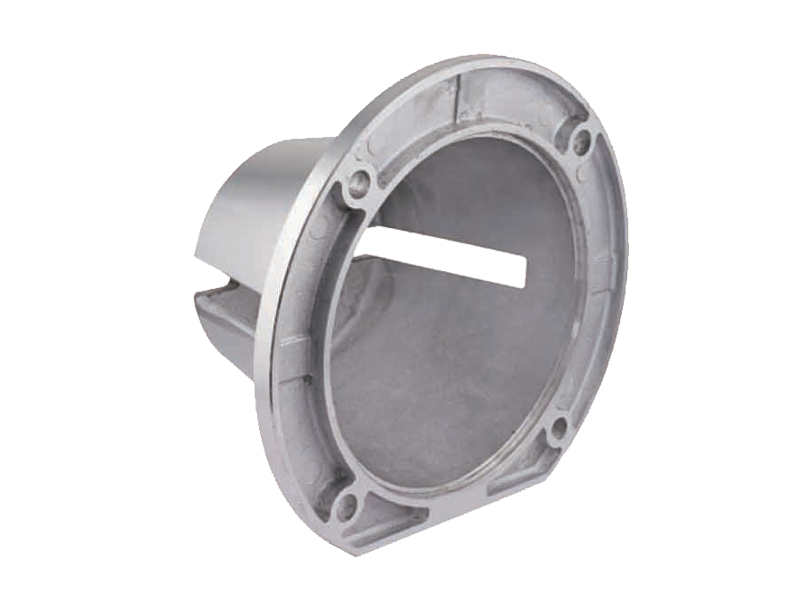Comparing Three Plunger High Pressure Pumps with Single Plunger Pumps
The Evolution of High-Pressure Pump Technology
High-pressure pumps are essential components in many industrial processes requiring reliable fluid delivery at elevated pressures. Among the various types, single plunger pumps have long been used due to their simplicity and straightforward design. However, with advances in technology, the Three Plunger High Pressure Pump has gained significant attention for its enhanced capabilities. This article explores the advantages of three-plunger pumps over their single-plunger counterparts, highlighting performance, durability, and operational efficiency.
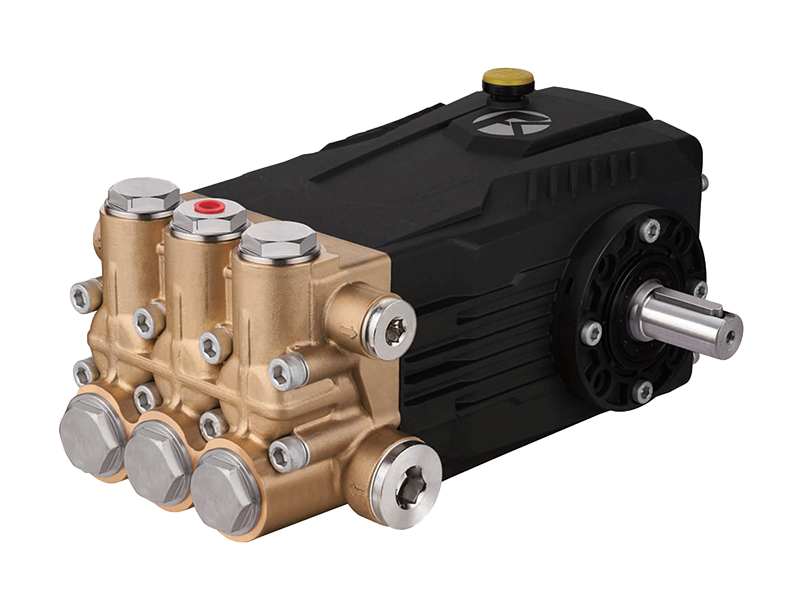
Increased Flow Stability and Reduced Pulsation
One of the primary advantages of a Three Plunger High Pressure Pump is its ability to deliver smoother and more stable flow compared to a single plunger pump. While a single plunger pump completes one suction and discharge cycle per revolution, a three-plunger pump features three pistons operating in sequence. This design reduces pulsations in the output flow, causing steadier pressure and more consistent fluid delivery. Such smooth operation is critical in applications where flow uniformity affects process quality or equipment safety.
Higher Flow Rates and Capacity
With three plungers working in tandem, these pumps generally achieve higher flow rates than single-plunger models of similar size. The multi-plunger design enables simultaneous intake and discharge phases, which boosts the volume of fluid moved per unit time. This enhanced capacity makes three plunger pumps more suitable for demanding industrial settings where large volumes of fluid must be transported efficiently, such as in water jet cutting, chemical processing, or oilfield applications.
Improved Mechanical Balance and Reduced Wear
The mechanical design of a Three Plunger High Pressure Pump inherently balances the forces generated during operation better than single-plunger pumps. The three pistons arranged at specific angles counteract each other’s vibrations and shocks, reducing mechanical stress on the pump components. This balance reduces wear and tear, extending the service life of key parts such as seals, bearings, and plungers. In contrast, single plunger pumps often experience higher vibration levels, which can cause premature failure and increased maintenance costs.
Enhanced Efficiency and Energy Savings
Three plunger pumps typically operate more efficiently due to their continuous fluid delivery and balanced mechanical forces. Reduced pulsation lowers the risk of energy losses caused by pressure fluctuations, and smoother operation can decrease the power demand of the driving motor. Over time, these efficiency gains translate into lower operating costs, making three-plunger pumps economically advantageous, especially in high-demand industrial applications.
Greater Versatility and Application Range
The design flexibility of the three-plunger system allows for easier customization and adaptation to various operational requirements. These pumps can handle a wide range of fluid viscosities and pressures with better stability, which single-plunger pumps might struggle with. Whether it is handling abrasive slurries, corrosive chemicals, or clean fluids, the three-plunger design ensures reliable performance across diverse conditions.
Simplified Maintenance and Operational Reliability
While more complex than single-plunger pumps, three-plunger models often incorporate advanced sealing systems and modular components that facilitate easier maintenance. The reduced vibration and wear not only prolong component life but also improve operational reliability by reducing unexpected downtime. This reliability is crucial in industrial settings where pump failure can cause significant production losses or safety hazards.


 English
English Español
Español русский
русский